Choosing the right food packaging material directly impacts how food looks, tastes, lasts, and sells. From protection and preservation to brand perception and environmental footprint, the material you use matters.
This in-depth guide compares the most common options—glass, plastic, metal, and paper—based on their characteristics, cost, applications, and eco-friendliness.
You'll also learn why glass packaging remains a favorite for premium food brands.
Let’s break them down one by one.
1. Glass Packaging
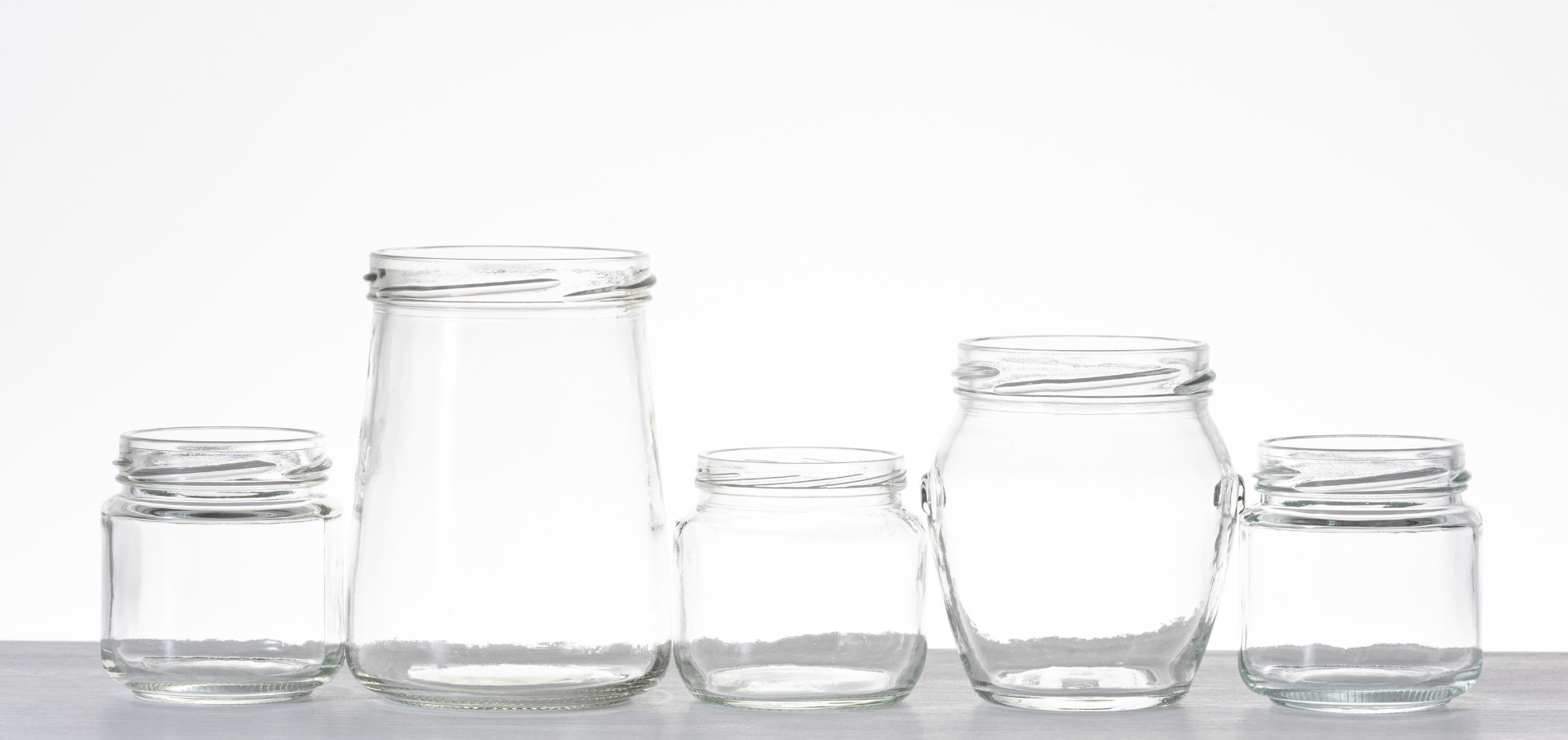
What Is Glass Packaging?
Glass is made from natural raw materials—primarily silica (sand), soda ash, and limestone. It's nonporous, chemically stable, and impermeable to gases and moisture. These characteristics make it one of the safest and most effective materials for food storage.
Key Properties
Inert composition: Glass doesn’t interact with food or leach chemicals, regardless of acidity or temperature.
Transparency: Allows consumers to see the product, which can boost appeal.
Thermal stability: Can withstand pasteurization and sterilization processes.
Advantages
Food-safe and non-toxic: Ideal for baby food, juices, and pickled products.
Endlessly recyclable: Glass can be recycled repeatedly without losing purity or quality (source).
Premium appearance: Used often in high-end packaging for sauces, beverages, and gourmet foods.
Excellent barrier: Provides an airtight seal and resists oxygen, moisture, and UV light.
Disadvantages
Weight: Heavier than plastic or metal, increasing shipping costs and carbon footprint.
Fragility: Prone to breakage during handling or transportation.
Higher cost: More expensive to manufacture and ship than alternatives.
Common Applications
• Jars for sauces, pickles, and baby food
• Bottles for milk, juice, wine, and kombucha
• Specialty containers for spices, honey, and herbal products
Environmental Considerations
Glass recycling saves over 30% of energy compared to making new glass.
In some regions, glass recovery rates exceed 70% (sources).
2. Plastic Packaging
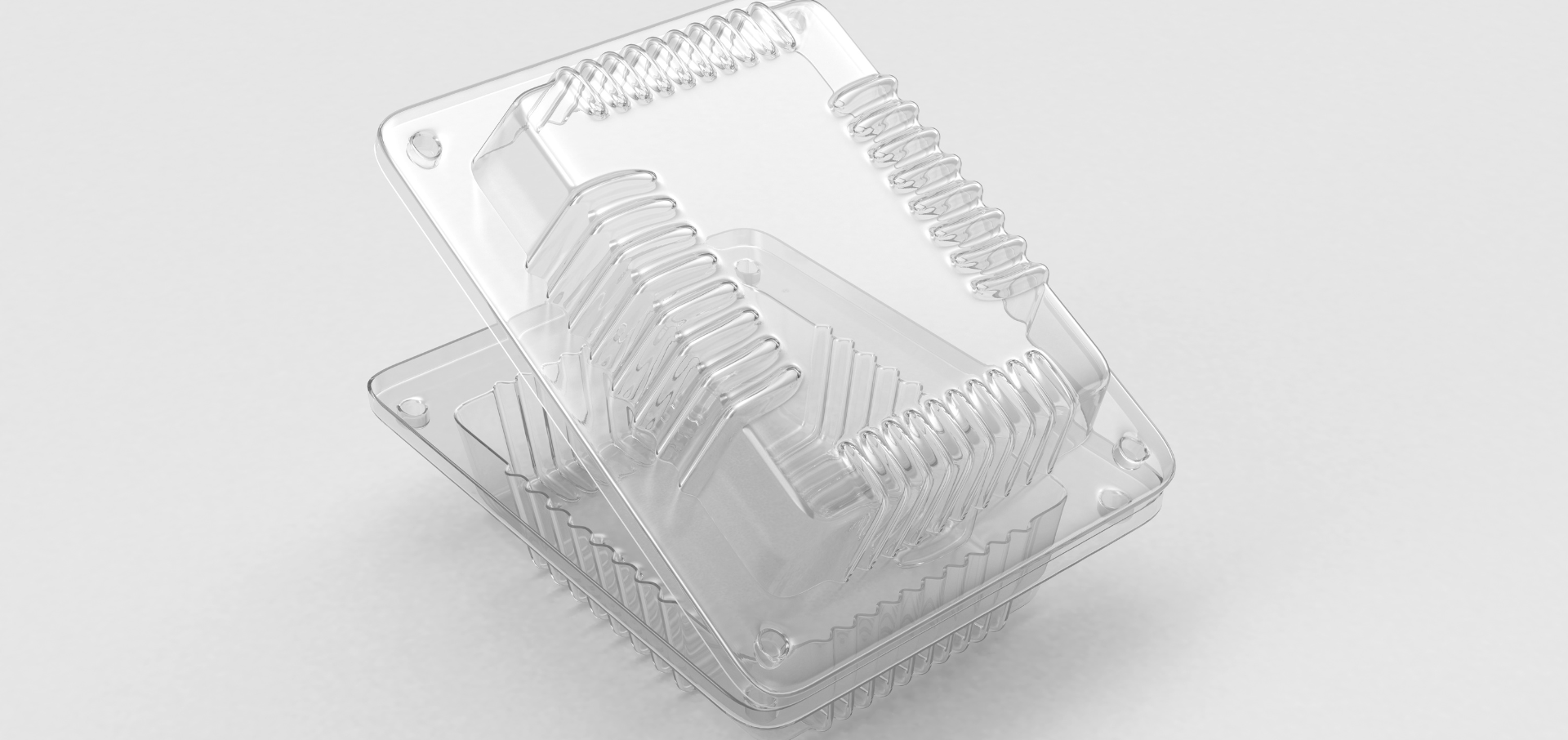
What Is Plastic Packaging?
Plastic packaging includes a wide variety of polymers, each offering unique properties. It's one of the most widely used food packaging materials due to its versatility, light weight, and cost-effectiveness.
Common Types
PET (Polyethylene Terephthalate): Clear and strong; widely used for water bottles and salad containers.
HDPE (High-Density Polyethylene): Durable and opaque; found in milk jugs and juice bottles.
LDPE (Low-Density Polyethylene): Flexible and transparent; used in bread bags and wraps.
PP (Polypropylene): Heat-resistant; suitable for microwavable food containers.
Advantages
Lightweight: Reduces transportation costs.
Versatile: Moldable into virtually any shape, size, or thickness.
Durable: Doesn’t break or shatter easily.
Convenient for consumers: Resealable, squeezable, and often microwave- or freezer-safe.
Disadvantages
Chemical concerns: Certain plastics may leach substances into food, especially when exposed to heat (FDA).
Environmental impact: Slow decomposition; contributes significantly to pollution.
Recycling challenges: Not all plastic types are recyclable, and contamination can reduce recycling effectiveness.
Common Applications
• Snack bags, yogurt cups, frozen meals, drink bottles, condiment squeeze bottles
Environmental Considerations
Only about 9% of plastic is recycled globally (National Geographic).
Microplastics from degraded packaging can enter food chains and waterways.
3. Metal Food Containers
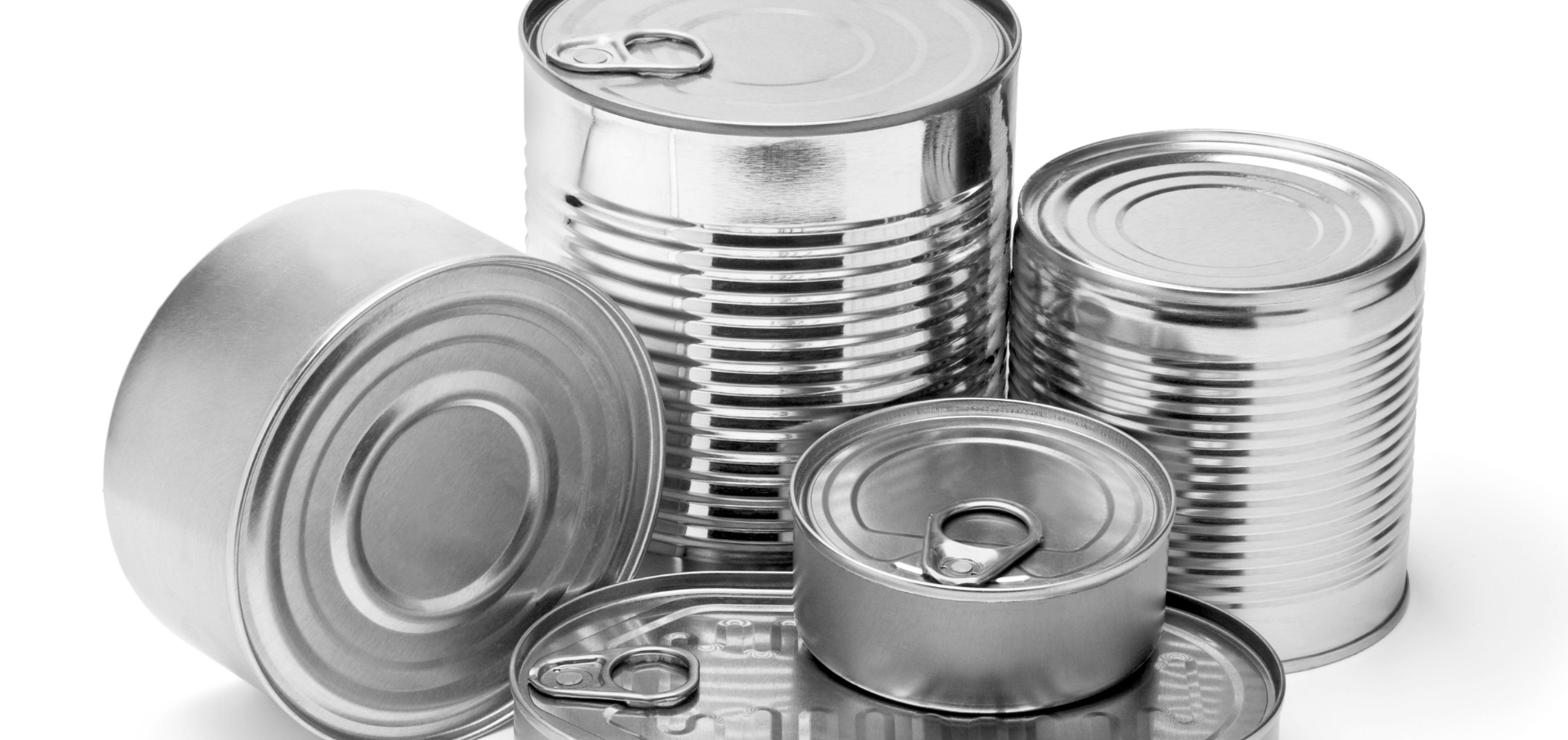
What Is Metal Packaging?
Metal packaging—primarily aluminum and tin-coated steel—is commonly used for canned foods and beverages. It offers excellent durability and protection from light, air, and microbes.
Key Properties
Opaque: Shields contents from light exposure.
Resistant to tampering: Secure and long-lasting.
Conducts heat: Allows for direct sterilization of contents inside the container.
Advantages
Extended shelf life: Especially useful for heat-processed and vacuum-sealed products.
Highly recyclable: Aluminum and steel can be recycled indefinitely with significant energy savings.
Strong barrier: Prevents spoilage due to air or light penetration.
Stackable: Saves space in storage and retail environments.
Disadvantages
Heavier than plastic: Can increase shipping costs.
Reactive with some foods: Acidity can corrode metal or affect taste if not lined properly.
BPA liners: Older cans may contain bisphenol A, although BPA-free coatings are now widely used.
Common Applications
• Canned soups, fruits, vegetables, meat, carbonated beverages, and energy drinks
Environmental Considerations
• Aluminum recycling saves up to 95% of the energy required to make new aluminum (sources).
• U.S. steel recycling rates are consistently above 70%.
4. Paper & Cardboard Packaging
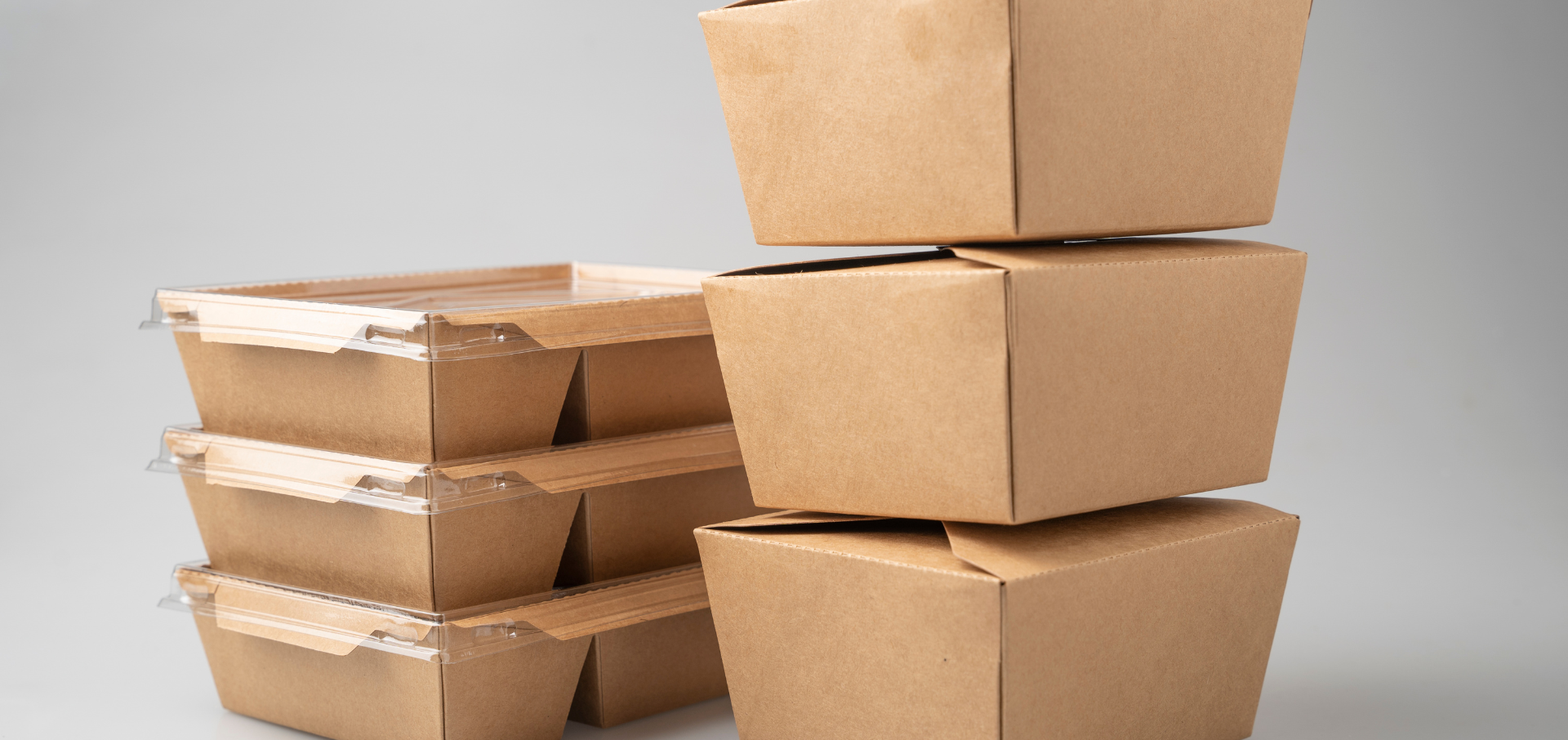
What Is Paper Packaging?
Paper and cardboard are renewable, biodegradable materials used for both primary and secondary food packaging. They’re ideal for dry goods and short-term use, especially in takeout or fast-moving consumer goods.
Key Properties
Lightweight and printable: Allows for easy branding and labeling.
Biodegradable: Breaks down naturally in compostable conditions.
Customizable: Can be laminated, waxed, or lined for added functionality.
Advantages
Eco-friendly when untreated: Sourced from responsibly managed forests (FSC-certified options available).
Low cost: Affordable and readily available.
Consumer-friendly: Seen as a more sustainable and recyclable option.
Disadvantages
Limited moisture resistance: Can become soggy or break down when wet unless coated.
Not ideal for long-term storage: Offers minimal barrier protection against air and grease.
Coatings can hinder recyclability: Waxed or plastic-lined paper isn't always accepted by recyclers.
Common Applications
• Takeout boxes, cereal boxes, flour sacks, sandwich wraps, egg cartons
Environmental Considerations
• High recyclability rate; over 68% of paper packaging in the U.S. is recycled annually (AF&PA).
Understanding these variables can help you match your product with the right packaging—striking a balance between function, form, and responsibility.
Material Comparison Table
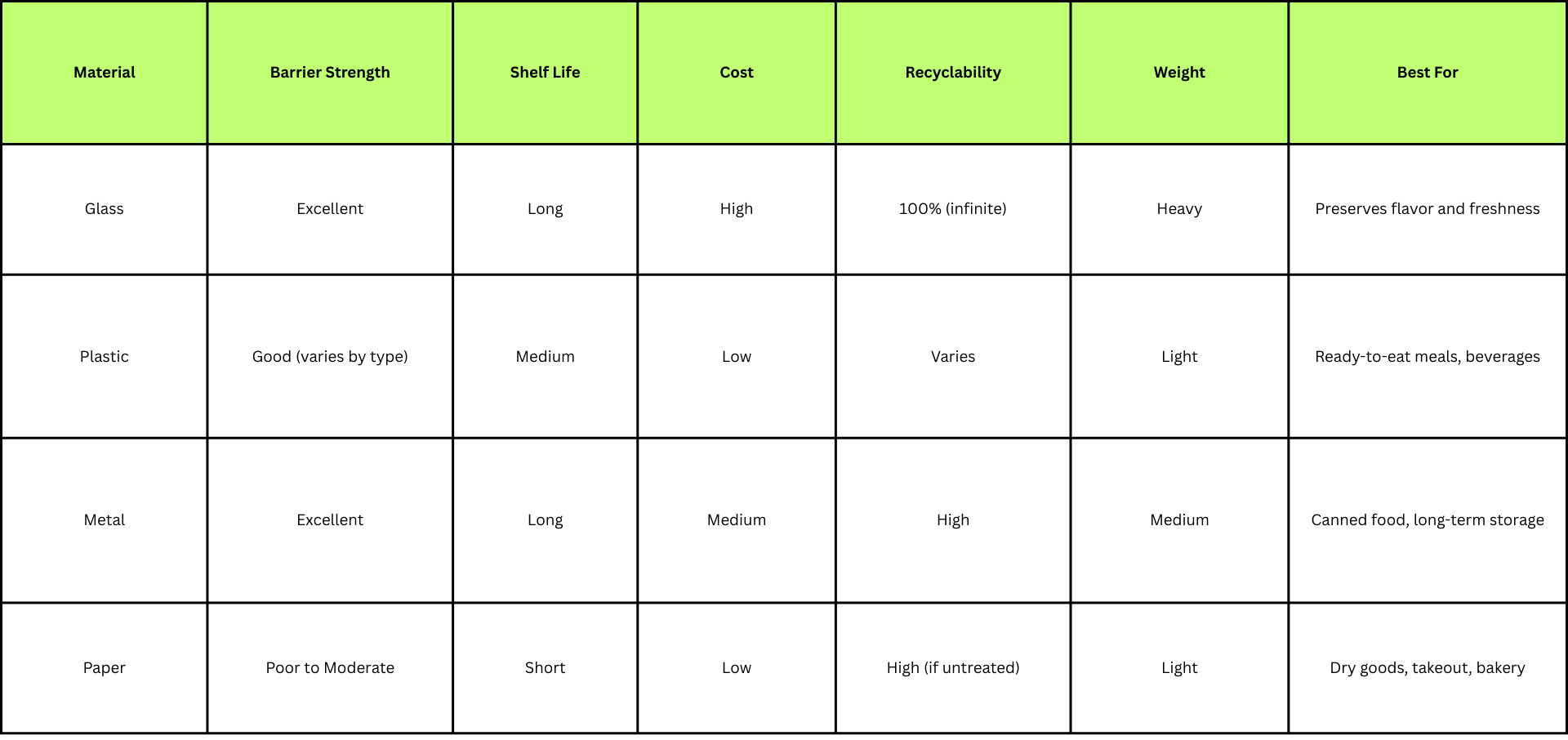
How to Choose the Right Food Packaging Material?
Selecting the right food packaging material depends on several key factors that influence food safety, brand image, cost, and environmental impact. Here's what to consider:
Product Type
Is it dry, wet, acidic, perishable, or carbonated? Glass and metal suit acidic or long-shelf-life items. Paper works best for dry goods, while plastic offers flexibility across product types.
Shelf Life Requirements
Choose materials with strong barrier properties like metal or glass for long-term storage. Short-term products may be fine in paper or plastic.
Transportation & Handling
Lightweight materials like plastic and paper are easier and cheaper to ship. Glass and metal offer more protection but add weight.
Brand Perception
Glass suggests quality and sustainability. Paper conveys eco-consciousness. Plastic is versatile but may require effort to align with green messaging.
Recyclability & Sustainability Goals
If environmental impact matters to your brand or market, opt for materials with high recycling rates and low carbon footprints, like glass or FSC-certified paper.
Budget Constraints
Plastic and paper are generally more cost-effective than glass or metal, especially for large-scale production.
Understanding these variables can help you match your product with the right packaging—striking a balance between function, form, and responsibility.
Final Thoughts
There’s no one-size-fits-all when it comes to food packaging materials. Each option serves a specific purpose—whether it’s glass for premium preservation, plastic for mass-market convenience, metal for extended shelf life, or paper for eco-conscious branding.
The best choice depends on your product type, storage conditions, target market, and sustainability goals. If your priority is purity, recyclability, and consumer trust—glass is the standout. For cost savings and lightweight transport, plastic remains a go-to.
For shelf-stable products and high durability, metal is hard to beat. And for dry goods or sustainable messaging, paper delivers—as long as it’s responsibly sourced and properly handled.